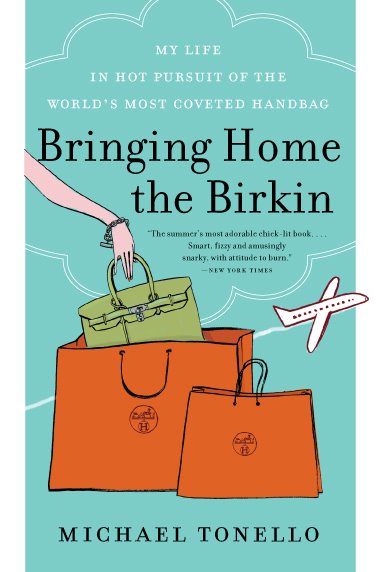What about luxury fashion brand shoppers who might have their eye on a $20,000 handbag? Are they waiting for a digital coupon to arrive in their e-mail inbox? Sure, luxury fashion brands target very different customers, but digital marketing can still help boost customer satisfaction and the bottom line.
Boosting the signal
While traditional marketing like print ads and catalogs remain relevant, retailers of all stripes are relying more on websites, microsites, online ads, email promotions and, more recently, mobile and social platforms to reach consumers.
In fact, 85 percent of luxury brands expected to increase their digital marketing spend last year, and 72 percent planned to pump more into social media. Even more significant, nearly two-thirds predict that digital marketing will be their most important form of marketing—beating out print, television, and even loyalty programs—by next year.
But as more consumers receive more messages through more channels, the noise begins to drown out the signal. All retailers, especially luxury fashion brands, need to become smarter and more innovative about how they leverage digital marketing.
From signal to signifier
Luxury fashion consumers may well select Prada eyewear for its craftsmanship or Gucci shoes for their value for dollar or a Rolex watch for its quality construction. But they’re primarily interested in intangibles: image, lifestyle, exclusivity, luxury.
Luxury fashion brands are signifiers of ideas and experiences that transcend the products they represent. Their digital marketing strategies need to reflect those attributes. To that end, luxury fashion brands should take three key actions in developing and deploying their digital marketing:
Offer exclusivity. Part of the appeal of a luxury brand is the notion that it’s not available to just anyone. That same sense needs to pervade digital marketing. As an example, for several years now members-only sites like Gilt and Rue La La have traded in private promotions. Luxury fashion brands should take a page from this book and offer their own private microsites with exclusive benefits and offers.
Personalize. All retailers want their digital marketing to be personalized to the extent they’re not e-mailing a promotion about baby clothes to a childless 50-year-old man. But the premium on personalization for luxury fashion brands is infinitely higher.
Burberry, for instance, offers a bespoke service (see above video) that lets customers create a trench coat to their personal specifications. Last year it went a step further with its Smart Personalization program, which allowed customers to purchase made-to-order coats and accessories straight from a fashion-show catwalk, either in-store or direct from their mobile device.
Cultivate advocates. Social media offers opportunities not only to engage customers but also to have them act as your emissaries. Tiffany, for example, maintains a highly active Facebook presence where it shares images of celebrities bedecked in its diamonds. But it also gets customers involved through a free mobile app that lets Tiffany aficionados share their images and experiences. The jeweler deploys a similar strategy on its c-commerce Web site, allowing customers to share romantic photos and locations.
Of course, there isn’t a single right approach to digital marketing for luxury fashion brands. Each company will need to experiment to figure out what tactics most effectively reflect its brand values, engage its target customers, and extend its most valuable customer relationships.
New technologies can help tremendously. Big Data and advanced analytics enabled by in-memory computing can position luxury fashion brands to capture the outcomes of digital marketing campaigns in near real time. Combined with other data streams, those insights can help companies rapidly fine-tune their marketing efforts to better achieve the results they want.
http://www.forbes.com/sites/sap/2014/05/05/how-to-sell-a-20000-handbag/

No comments:
Post a Comment